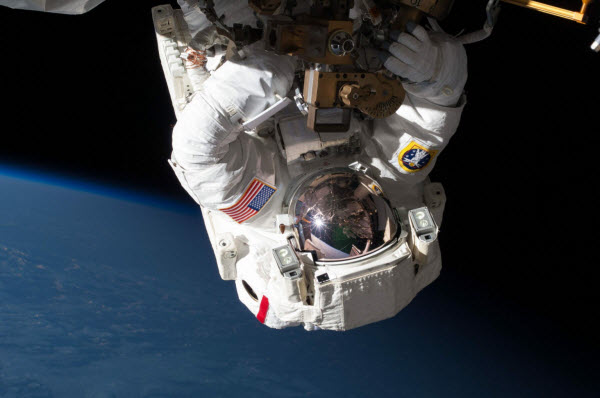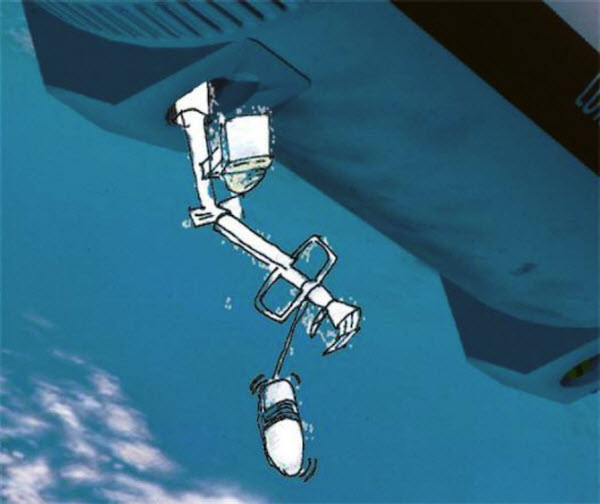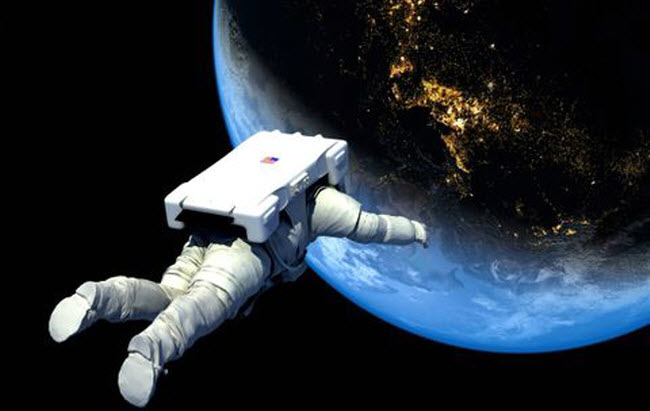As space travel for leisure and tourism becomes a reality, with several companies now offering commercial space flights and SpaceX, led by billionaire Elon Musk, announcing plans to build a base on Mars, the prospect of living or vacationing on other planets is becoming increasingly plausible. This new frontier raises important questions about what happens to the human body when exposed to the vacuum of space without proper protection.

On Earth, when a person dies, the body undergoes a series of well-documented stages of decomposition. Blood ceases to circulate and pools due to gravity in a process known as “livor mortis,” followed by body cooling and muscle rigidity caused by uncontrolled calcium accumulation in muscle fibers. Enzymes and proteins that facilitate chemical reactions inside the body begin to break down cell walls and release their contents. Simultaneously, bacteria from the intestines spread throughout the body, consuming soft tissues and producing gases that cause bloating and strong odors. Over time, the soft tissues decay, revealing a skeleton made of more resilient, hard tissues that can persist for thousands of years. External factors, such as temperature, insect activity, and burial or wrapping methods, also influence the decomposition process.
In the boundless expanse of space, however, the situation is quite different. Astronauts, while in peak health, face potential death from catastrophic events like spacecraft explosions or collisions with meteoroids. In such cases, a breach in their spacesuit would lead to death within seconds. The immediate effect of exposure to outer space is the absence of air, leading to unconsciousness after about 15 seconds as the body’s remaining oxygen reserves are depleted. Although theoretically one might survive for up to two minutes by holding their breath, this could result in the expansion of gases in the lungs, causing ruptures and releasing air into the bloodstream.
About 10 seconds after exposure, the skin and underlying tissues would start to swell as water vaporizes due to the lack of atmospheric pressure. The skin, being sufficiently strong, would not burst, and if reintroduced to normal pressure, the skin and tissues would return to their original state. Blood in veins and arteries would also vaporize, and moisture on the tongue would boil. Engineer Jim LeBlanc, who experienced simulated space vacuum conditions in 1965, described feeling his tongue boiling after a suit leak during testing.
In addition to the immediate physical effects, space exposure subjects the body to unfiltered cosmic radiation, leading to severe sunburns. After confirmed death, the body would not decompose normally due to the absence of oxygen. If near a heat source, the body might mummify; otherwise, it would freeze and remain in space for potentially millions of years. In contrast, if the body were enclosed in a spacesuit, decomposition would continue as long as oxygen is supplied.
Given that these events occur within seconds, rescuing a body in space is extremely challenging. Medical training for astronauts does not cover such scenarios, and NASA has officially stated that it does not prepare contingency plans for long-term risks such as rescuing astronauts from such conditions or managing deceased astronauts’ bodies. The idea of storing a deceased astronaut’s body aboard the International Space Station (ISS) or any spacecraft is deemed unsanitary due to the decomposition process and poses a biological hazard to the crew. Additionally, there is no dedicated space for storing such bodies.
In the absence of a specific protocol from NASA for sudden death aboard the ISS, station commanders may decide on a case-by-case basis. Canadian astronaut Chris Hadfield, a former ISS commander, suggested that if an astronaut dies during an extravehicular activity, the body would be brought inside a pressure-equilibrated chamber and possibly kept in the spacesuit to avoid foul odors. The body would then be stored in a cool location on the station, such as a garbage area or pressure-equilibrated room, before being returned to Earth.
NASA has not yet established a definite protocol but has explored potential solutions. In 2005, in collaboration with the Swedish environmental burial company Promessa, a design was proposed involving “body recovery,” where the body would be frozen, dried, and broken into millions of small pieces. A robotic arm would then retrieve the body from space and place it in a storage bag for freezing. After an hour in the vacuum, the body would become brittle and be shattered into a residue resembling ash. This theoretical process would reduce a 90-kilogram astronaut’s body to a 22-kilogram mass, compact enough to be stored on any spacecraft for years.

Despite the growing interest and concerns about managing death in space, statistics show that in the past half-century, around 30 astronauts have died during training or high-risk space missions. However, most of these incidents occurred on Earth or within the Earth’s atmosphere, below the Kármán line, which starts at 100 kilometers. Of the approximately 550 individuals who have ventured into space, only three have died there: Soviet cosmonauts Georgi Dobrovolski, Vladislav Volkov, and Viktor Patsayev. Fortunately, they died aboard their spacecraft on re-entry to Earth, making the recovery of their bodies relatively straightforward.
